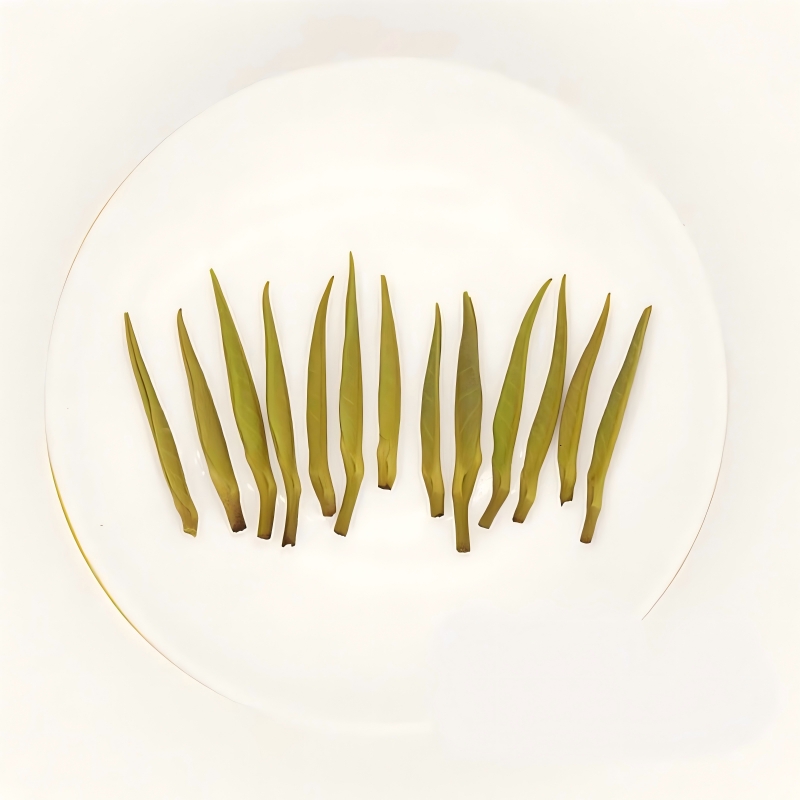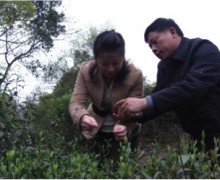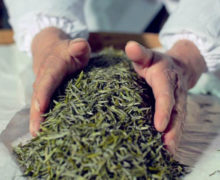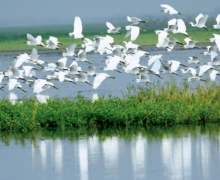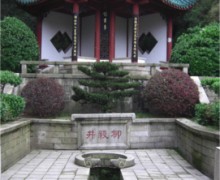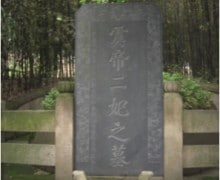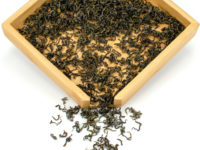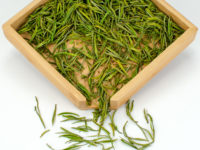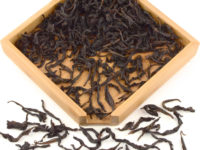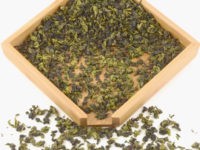Junshan Yinzhen (Junshan Island Needle)
Yellow Tea 2025
An authentic production of the rarest of the rare yellow teas, made only from the spring buds of Junshan Island’s heirloom tea bushes. Utterly unique, delicate and complex. Junshan Yinzhen’s flavors invoke fresh sugarcane, wild flowers, and corn silk.
2025’s Junshan Yinzhen is a return to form after 2024’s darker production. This year’s tea is a touch lighter and greener, with particular emphasis on its sweet sugarcane and floral qualities.
- Tea Origin
- Junshan Island, Yueyang City, Hunan Province, China
- Tea Bush
- Junshandao Quntizhong (Junshan Island Heirloom Tea Bush)
- Tea Maker
- Gao Xiaozu
- Harvest Time
- Late March
- Plucking Standard
- One bud
Junshan Yinzhen is the most famous yellow tea in China and was historically a tribute tea. Surrounded by Dongting Lake, Junshan island is .96 square kilometers (roughly 237 acres), a relatively small sized island for tea production. Due to Junshan Yinzhen’s skill intensive and time consuming process, there is a very limited quantity of authentic Junshan Yinzhen produced each year. Tea drinkers should be aware that much of the Junshan Yinzhen on the market is actually processed as green tea. It is also common for tea producers to use tea bushes brought in from other provinces. Our Junshan Yinzhen is processed using the traditional yellow tea methods, which take at least 72 hours to complete. In addition, only buds from the local quntizhong heirloom tea bushes are used so you can appreciate the true and original quality of this unique yellow tea.
Island origins of Junshan Yinzhen
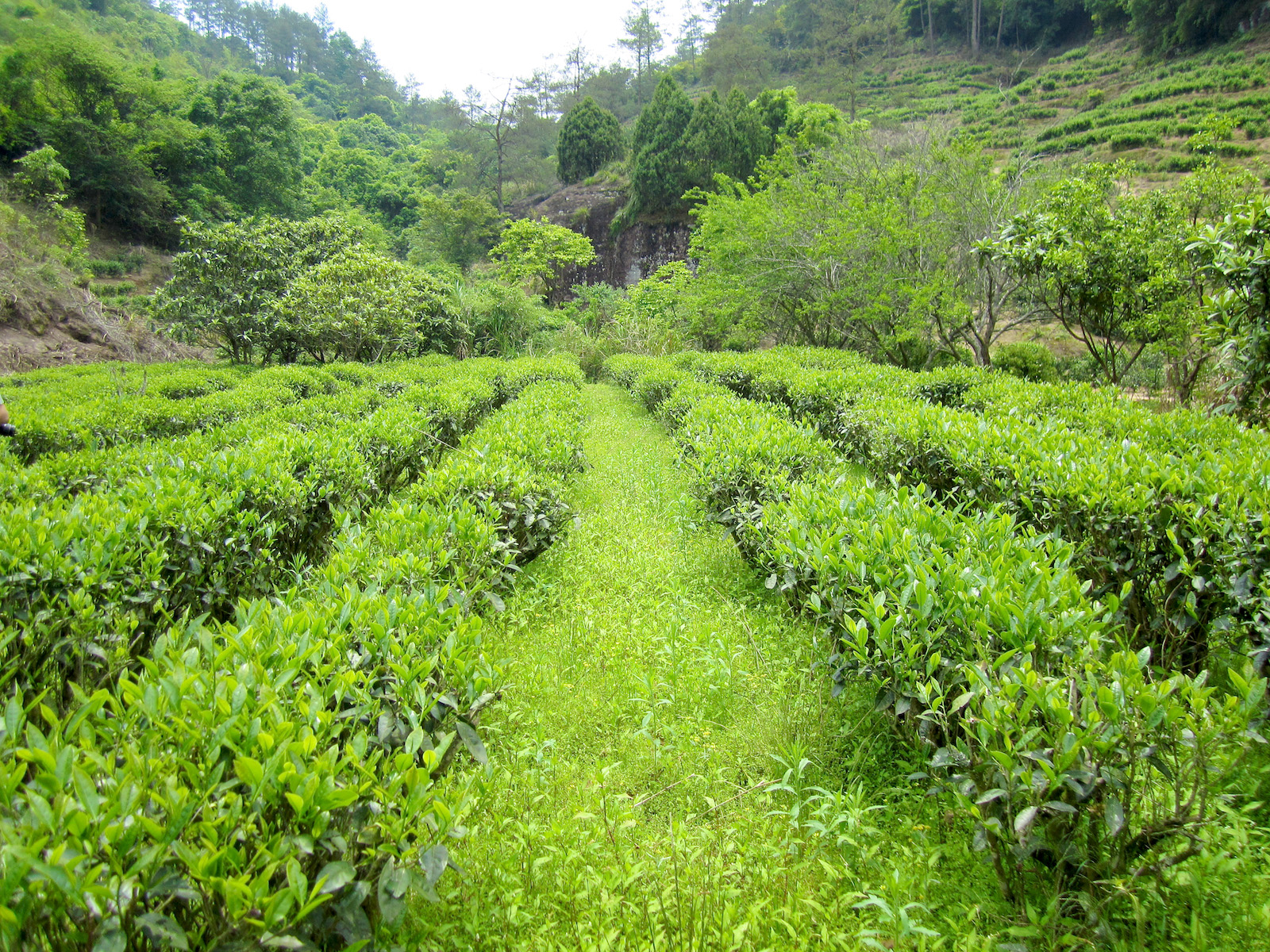
Junshan is a small island in Dongting Lake, which helps release floods from the Yangzi River. This lake, the 2nd largest lake in China, measures about 18,000 km2 (7027 sq miles). As well as the high quality tea farms that produce Junshan Yinzhen, Junshan Island is also home to the tea research center of Hunan Province, which takes advantage of the many varieties of tea bushes that grow there. The tea institute was built in 1952 and retains use of approximately one-fourth of the island for research. Besides tea, this island also grows a medicinal herb, he shou wu, the presence of which in the gardens is thought to lend something to the tea’s distinctive flavor.
Harvesting the best for Junshan Yinzhen
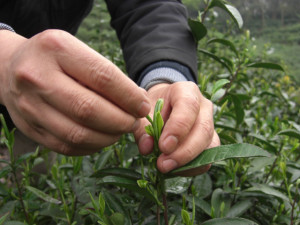
The tea harvest season is very short on Junshan, only lasting about 10 days from the end of March to early April. The plucking standards for Junshan Yinzhen are extremely precise. Workers pick only tea buds that are about 3cm tall, not too old but not too young. The tea buds must be thick– they choose only the full, luscious tea buds that will open to become 4-5 tea leaves. Skinny buds will only develop 1-2 leaves. They never pick on rainy or dewy days, and do not pick buds that have been damaged by insects. The tea maker will check to make sure the tea pickers do not have long fingernails because it will adversely affect the oxidation of the leaves. Instead of cutting tea buds off with their nail, Junshan Yinzhen requires being plucked by snapping the leaf off the bush.
The lengthy process of making China’s most famous yellow tea
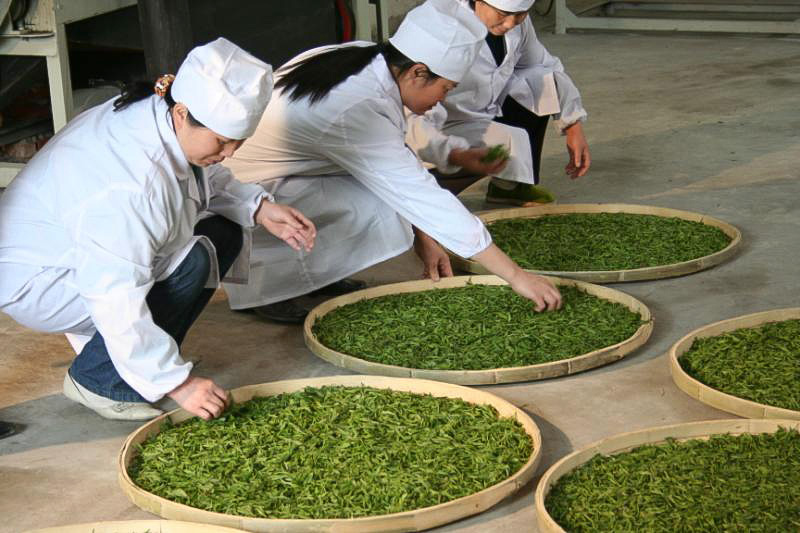
After the tea has been harvested, tea makers let the fresh leaves breathe and wither under shade for 5-6 hours, evenly piled on bamboo sheets. During this time, the tea will lose at least 10% of its moisture.
They then fry 300 grams of fresh leaves at a time on a shallow, 20° sloped wok. The temperature of the wok is not as hot as for green tea, only about 120°C (248°F). The tea maker will fry the leaves for about five minutes and then let them cool off slightly in a round, woven bamboo tray for 30 minutes.
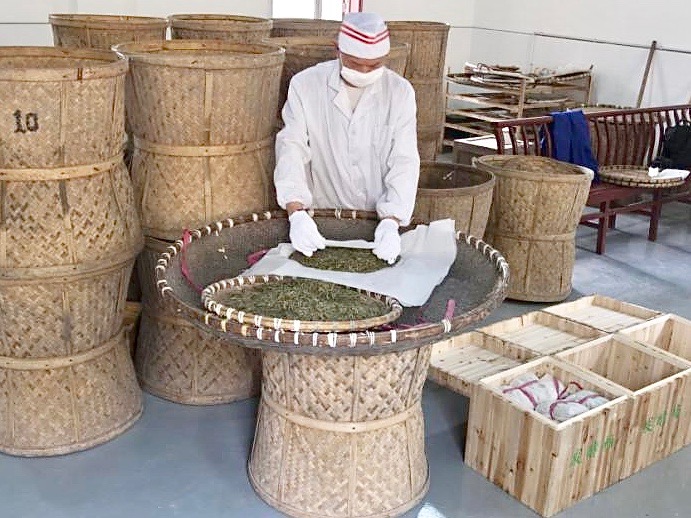
Following frying and cooling, the tea maker starts the distinct yellow tea process, called menhuang. Menhuang involves wrapping small quantities of tea leaves into bundles, and allowing them to slowly oxidize in a humid, wooden boxes. Depending on the tea maker and their location, the material used to wrap the fried, warm tea leaves varies based on the historical methods and local materials available. Junshan Yinzhen uses thick paper made from local weeds that grow in Dongting Lake.
After around 14+ hours of being first placed in the boxes, the tea maker will individually check each package and mix the leaves for even oxidization. The tea leaves are then re-wrapped and returned to the wooden boxes, rechecking every few hours.
After about 40-48 hours (depending on the humidity of the air) they will reopen the packets and roast them over 50°C (122°F) ash-covered charcoal for about an hour, stirring the leaves every 15 minutes. Then the leaves are allowed to cool on the bamboo trays again, before wrapping the leaves in paper again and putting them back in the boxes for another 20 hours.
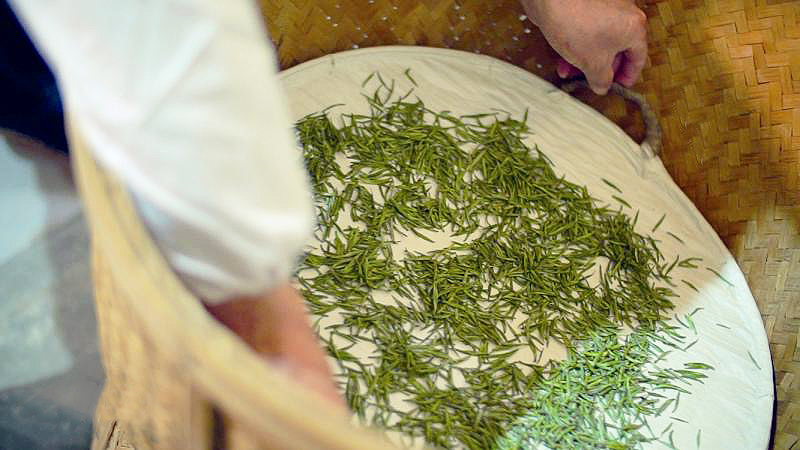
The tea maker must be very skilled to judge the state of oxidation and know how long the tea should rest in the boxes. The tea buds will change from a green to golden yellow color, and the aroma will begin to develop. When the tea maker judges if the tea is ready, the leaves are removed from the boxes and roasted 500 grams at a time, around 50 °C charcoal again until the tea is completely dried to shelf stability. When the tea is finished, about 95% of the moisture has been removed. Once the tea is done, the buds are sorted manually to remove any broken pieces. Only the whole, beautiful tea buds remain in the finished product.
Legends of Junshan Island
There is a creation legend for Junshan Island that dates back to 4,000 years ago. An emperor was fighting in this area and died in battle. Two of his favorite lovers came to his funeral, but their boat flipped over in Dongting Lake. The two concubines themselves became the mountains that form Junshan Island to forever accompany their lover. There is a park on the island celebrating this myth.
No chemical fertilizer, pesticide, or herbicide was used in the production of this tea. Click here to read more about our promise to fair trade and the environment.




